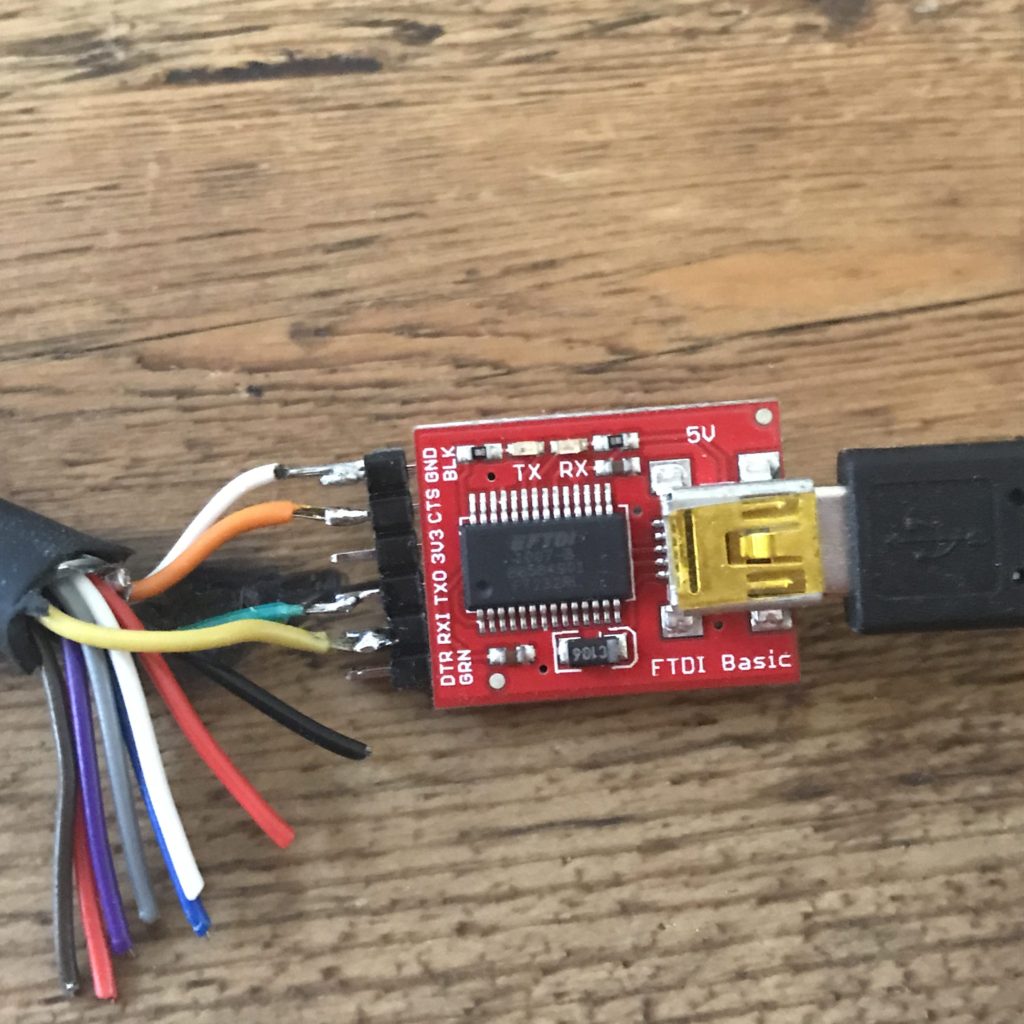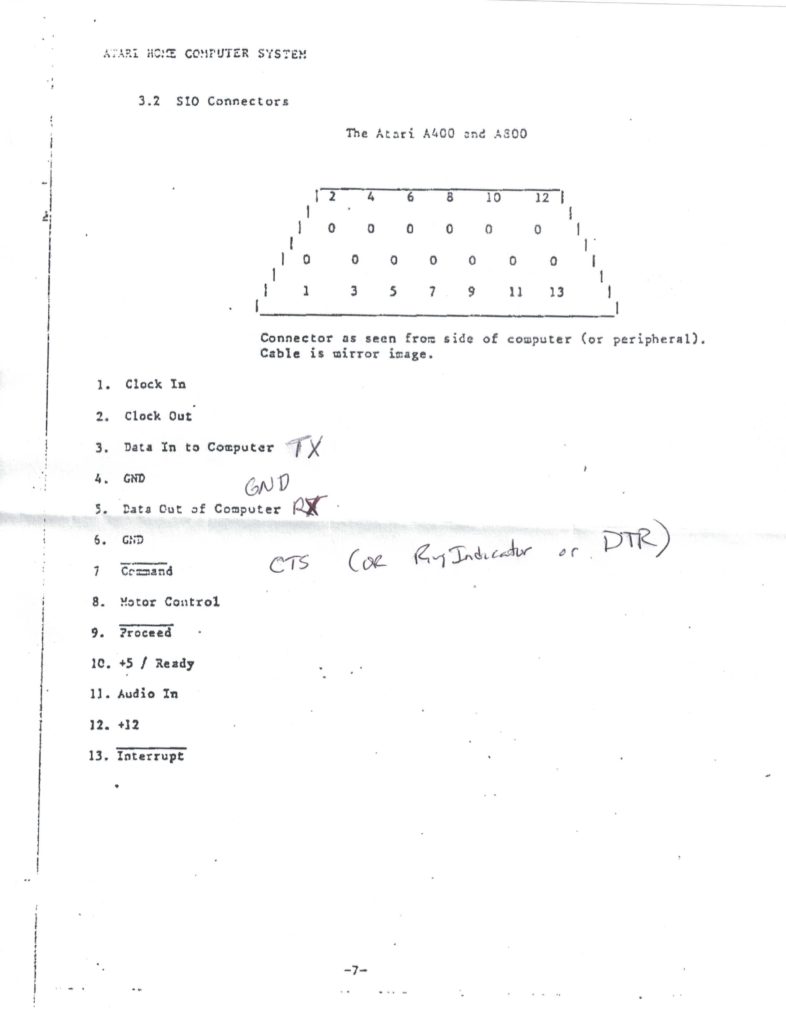Brace yourself for old guy reminiscing about the past.
Back in 1980, I was a sixteen year old kid with a goal: to buy my own computer. I spent a year mowing lawns and doing chores, mostly for my grandmother, and slowly began to tease together money. By the end of the year, I had saved up somewhere north of $300, and my mom had agreed to fork over the rest of the money to purchase an Atari 400, which if memory served was around $429.
This was the catalyst for a lot which came after. My interest in computers, my major in college, my love affair with computer graphics and ultimately my career all started with the ability to program a computer that didn’t even have a storage device (I’d eventually get a cassette drive, and later an Atari 810 disk drive). The Atari was the start of it, and I bless my mom and my grandmother for giving a sixteen year old the chance to get started in something that frankly seemed like a pointless extravagance.
My life could have gone a significantly different way.
Lately I’ve been interested in restoring old tools, largely as part of getting my shop up and running. It just feels virtuous somehow to take old tools and get them able to be used again.
And so, my current spare time project: to get my Atari 400 up and running again.
Yes, I still have it, along with an Atari 130XE that I believe was my brother’s, and the Atari 810 drive and an Atari 1200 baud modem. They passed around and somehow I never chose to get rid of them. But they hadn’t been turned on in something like 20 years.
Until a few weeks ago, when I decided to try it. I recorded a bunch of short videos on my iPhone and made a playlist of them. They weren’t scripted, rehearsed, or even edited, but I made this playlist of them.
The culmination of this was to actually boot the Atari from a floppy. But again, as I said I do have a floppy drive (in as yet undetermined condition) but I read that there was a way to make a serial cable that could make your laptop serve as a floppy disk drive. As it turns out, it’s really easy. While the Atari SIO connector has thirteen pins, it turns out that you really only need four of them to be connected, and that can be done by with a standard FTDI USB to serial converter.
I didn’t film my assembly of one, since it turned out to be so simple. I cut apart my spare (somewhat bedraggled) SIO cable, and then just stripped and soldered the wires to a small row of male header pins so that they could be connected to the Sparkfun 5V FTDI USB/Serial adapter. Here is a closeup that pretty much tells you the entire story:

I’ve no idea whether the colors inside Atari SIO cables are standard, so you might want to double check using my notes below. On my cable, ground was actually a white wire with a black stripe (hard to see above) and there is a seperate white line, so double check.

I used the RespeQt software which worked perfectly. The only configuration that I had to do is to tell it to use the CTS pin for command in the settings, and then it worked just fine. I explained it here, just a couple of minutes after getting it to work. I downloaded a disk image for Atari Dos 2.5 from the Atari Wiki, and we were good to go.
I am not sure what is up next. I want to find my Atari BASIC cartridge, and make sure that the cartridge slot is working fine. I’ll probably order a box of 5.25″ floppies from Amazon and see if I can get my Atari 810 drive working. And, I have a minor programming project that might be interesting, perhaps including doing something for the this year’s retrochallenge, although with work beginning to accelerate, I’m not sure that dedicating myself to even ten hours of work is something that I want to do. But… I’m still pondering. Stay tuned.
I came across your blog on my explorations of postscript, and said, “hay, that name sounds familiar!” I don’t know you personally, but we’re actually about the same age, and have had similar computer upbringings. My early start was Commodore 64 instead of Atari, and I ultimately did programming with NeXT, so a different side of Steve Jobs. Now I find myself doing ‘nostalgia’ projects, like a postscript interpreter, instead of tools in the garage due to dust allergies.
Good to see a good old boy kicking around.